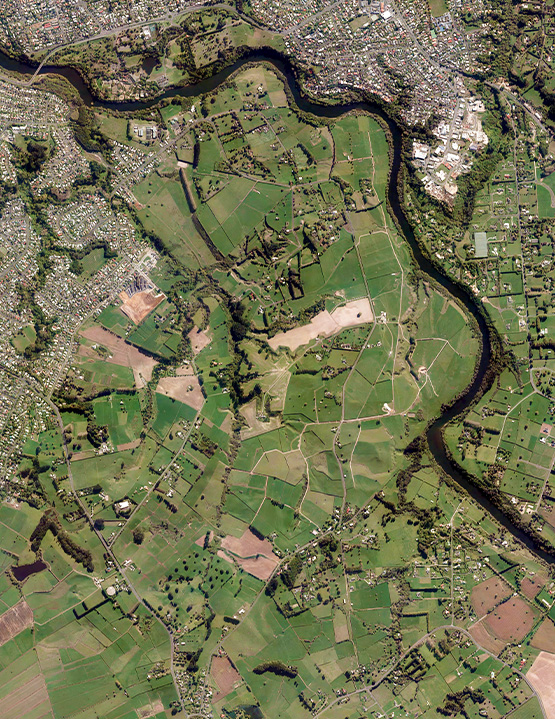A large residential development in Hamilton South designed to minimise impacts on the native long-tailed bat and provide a sustainable and liveable neighbourhood.
The Amberfield development proposes up to 1000 dwelling units on land adjacent to the Waikato River. The masterplan retains the riparian margins of the Waikato River and a network of open spaces including neighbourhood parks, amenity open space, shared walking and cycling pathways, and a heritage reserve are proposed.
Hamilton is one of the only cities in New Zealand to still support a resident population of long-tailed bats (Chalinolobus tuberculatus). The long-tailed bat is unique to New Zealand, and is one of only two remaining species of native terrestrial mammals. The Hamilton South area is an important habitat and the Amberfield development has responded to the multiple constraints, challenges, and opportunities to sustainably develop housing within this ecological area which protects the bat population.
